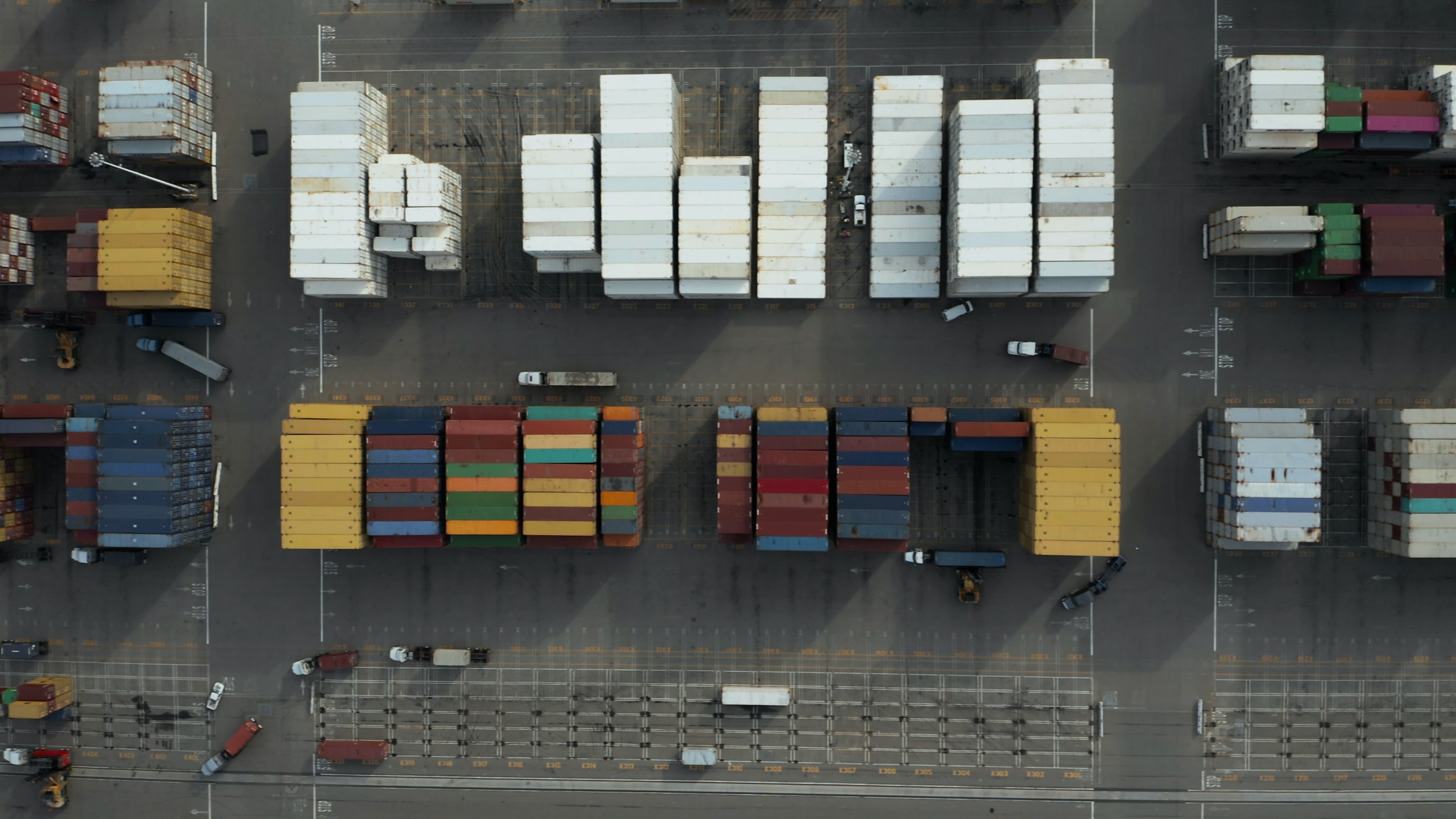
How Importing and Exporting Impacts the Economy
In the present worldwide economy, customers are accustomed to seeing items from each edge of the world in their neighborhood supermarkets and retail shops. These abroad items — or imports — give more decisions to purchasers. Also, in light of the fact that they are generally made more efficiently than any locally created same, imports assist buyers with dealing with their stressed family spending plans.
KEY TAKEAWAYS
A nation’s bringing in and sending out action can impact its GDP, its conversion scale, and its degree of expansion and financing costs.
A rising degree of imports and a developing import/export imbalance can adversely affect a nation’s conversion scale.
A more vulnerable homegrown cash invigorates commodities and makes imports more costly; on the other hand, major areas of strength for a money hampers products and makes imports less expensive.
Higher expansion can likewise influence sends out by straightforwardly affecting info expenses like materials and work.
At the point when there are such a large number of imports coming into a country comparable to its commodities — which are items sent from that country to an unfamiliar objective — it can misshape a country’s equilibrium between exchange and degrade its cash. The downgrading of a country’s cash can tremendously affect the daily existence of a country’s residents in light of the fact that the worth of a money is one of the greatest determinants of a country’s financial presentation and its total national output (GDP). Keeping up with the fitting equilibrium between imports and products is critical for a country. The bringing in and sending out movement of a nation can impact a nation’s GDP, its conversion scale, and its degree of expansion and loan costs.
Impact on Gross Domestic Product
GDP (GDP) is a wide estimation of a country’s by and large financial action. Imports and products are significant parts of the uses strategy for computing GDP. The equation for GDP is as per the following:
\begin{aligned} &\text{GDP} = C + I + G + ( X – M ) \ &\textbf{where:} \ &C = \text{Consumer spending on products and services} \ &I = \text{Investment spending on business capital goods} \ &G = \text{Government spending on open products and services} \ &X = \text{Exports} \ &M = \text{Imports} \ \end{aligned}
GDP=C+I+G+(X−M)
where:
C=Consumer spending on labor and products
I=Investment spending on business capital merchandise
G=Government spending on open labor and products
X=Exports
M=Imports
In this situation, sends out less imports (X – M) approaches net commodities. At the point when products surpass imports, the net commodities figure is positive. This demonstrates that a nation has an exchange excess. At the point when products are not as much as imports, the net commodities figure is negative. This demonstrates that the country has an import/export imbalance.
An exchange excess adds to monetary development in a country. At the point when there are more commodities, it intends that there is an elevated degree of result from a nation’s plants and modern offices, as well as a more noteworthy number of individuals that are being utilized to keep these production lines in activity. At the point when an organization is trading an elevated degree of merchandise, this likewise likens to a progression of assets into the country, which invigorates shopper spending and adds to financial development.


